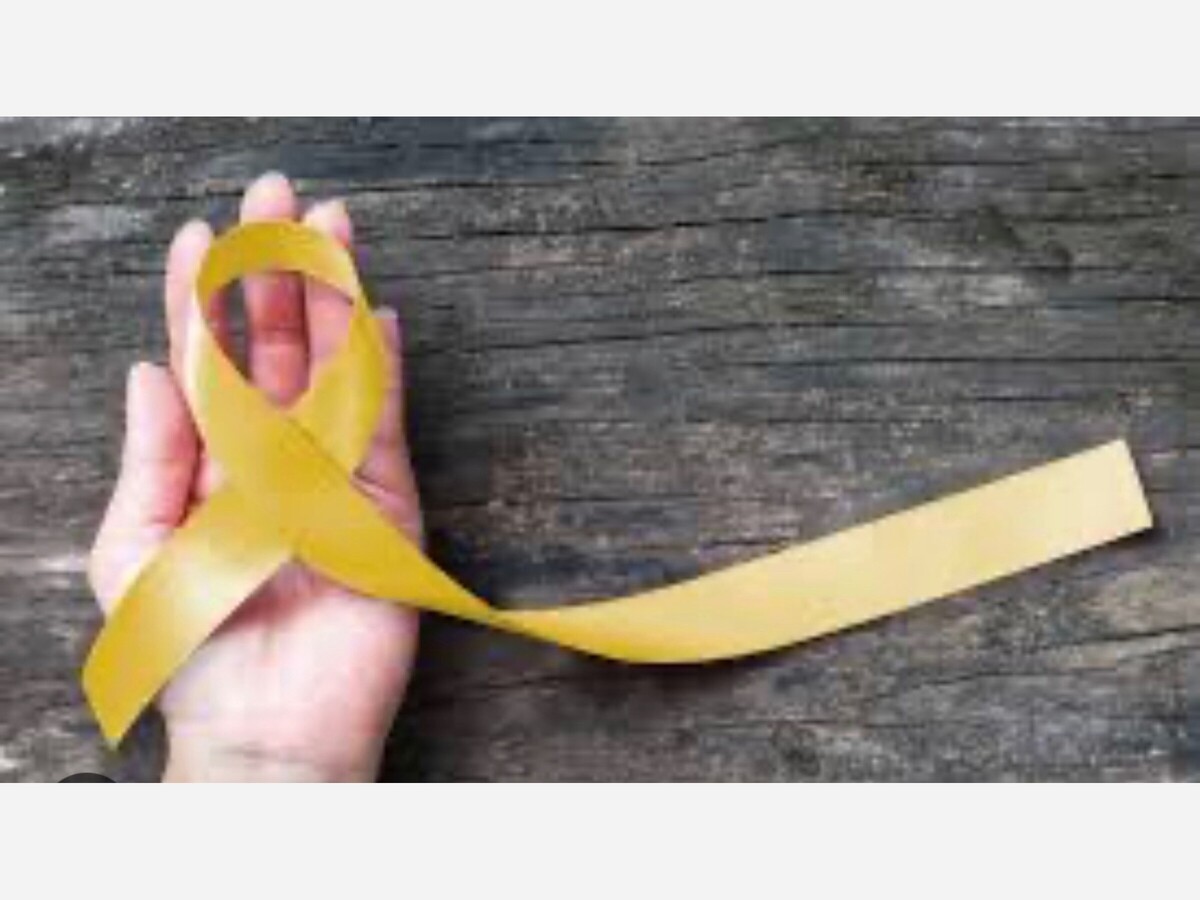Image

AlamogordoTownNews.com and KRAZY KALHRadio.org extend our hearts, thoughts and prayers to the family, friends and colleagues impacted by the heartbreaking loss of the 11 year old female student from Mountain View Middle School which took their own life this week.
Out of respect for the privacy of the family and sensitivity around the event we will not be releasing full details of the incident nor family details until snd unless the family provides a statement.
Alamogordo Public Schools issued the following statement…
“It is with profound sadness that we share the news of a heartbreaking incident that has deeply affected our Mountain View Middle School community. A student has tragically lost their life to suicide. Our hearts go out to the family, friends, and all those who have been impacted by this devastating loss.
The well-being of our students is our utmost priority. Our dedicated crisis response team is actively engaged, they will be meeting with students both individually and in groups, providing them with the space to express their emotions and share their grief. This support will continue to be available not only Wednesday but also in the coming days and weeks as our students navigate through this challenging time.
In addition to the in-school support, we recognize the importance of community resources in helping our students cope with this tragedy. We are sharing the following resources that are available for those who feel the need for further assistance:
• The Counseling Center: For professional counseling services, please contact 575-488-2500.
• Presbyterian Medical Services (PMS): Reach out to 575-437-7404 for additional guidance and peer assistance.
• Suicide & Crisis Lifeline: If you or someone you know is in immediate crisis, please call or text 988
During this difficult time please know that Alamogordo Public Schools has resources to share with students, families, and staff.”
In Otero county alone, 29.5 of 100,000 deaths were be suicide between 2016 and 2020, according to Healthy Paso del Norte.
"Suicide is a leading cause of death in the United States, presenting a major, preventable public health problem," according to Paso del Norte. "More than 33,000 people kill themselves each year according to the Centers for Disease Control and Prevention, but suicide deaths only account for part of the problem. An estimated 25 attempted suicides occur per every suicide death, and those who survive suicide may have serious injuries, in addition to having depression and other mental problems."
According to the 2019 Youth Risk and Resiliency Survey, 30.2% of Otero County middle schoolersseriously thought about killing themselves while 22.6% of Otero County high schoolers seriously considered suicide.
The 2019 youth Risk and Resiliency Survey was given to students in the fall of 2019 and is usually given on odd numbered years and released in even numbered years.
The Youth Risk and Resiliency Survey assesses both physical and behavioral health issues among middle school and high school students.
Among children between the ages of 15 and 19, suicide is the second leading cause of death, and the leading cause of death for 14- to 15-year-olds, according to the Centers for Disease Control and Prevention.
You can start by talking with your child. Ask how they are doing and if they ever think of killing themselves. Be sure to use clear, straightforward language. Having regular conversations in which you show concern and give your child room to express their honest thoughts and feelings lets your child know that they can talk with you when they need to.
If your child expresses suicidal thoughts or exhibits self-harming behaviors, seek professional help through your pediatrician, Boston Children’s Hospital, calling a suicide helpline like the National Suicide Prevention Lifeline at 1-800-273-TALK (8255), or contacting the Crisis Text Line by texting TALK to 741741. Dial 988.
It’s important to limit your child’s access to possible means of suicide:
A child’s risk of suicide is measured in stages by different health care providers.
Suicide risk screening is a set of questions used to identify whether a child is at risk of suicide. A screening may be done by your child’s pediatrician or a nurse as part of a standard health assessment.
Suicide risk assessment is more thorough than a screening and is used to confirm whether your child is at risk of suicide. Assessments are done by trained mental health professionals, such as psychiatrists, clinical social workers, clinical psychologists, psychiatric nurses, and mental health counselors.
For a rapid suicide risk assessment, contact your primary care physician, a local crisis team, or local emergency department.
The mental health professional who assesses your child should work with you and your child to make sure your child receives appropriate care. Your child’s treatment may include inpatient psychiatric hospitalization, a partial hospitalization (day program), outpatient psychotherapy, home-based therapy, psychiatric medication, or some combination of the above.
People who call 988 are given three options:
People who text “TALK” to 988 will be connected to crisis centers equipped to respond to texts. Chat will be available through the Lifeline’s website: https://suicidepreventionlifeline.org/chat.